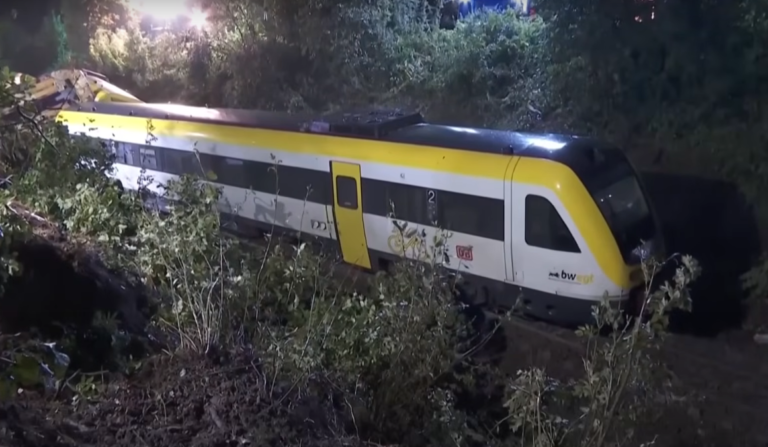
US and EU agree on 15 percent tariffs, averting transatlantic trade war
In a dramatic turn of events, U.S. President Donald Trump and European Commission President Ursula von der Leyen have announced what both sides are hailing as a “historic” trade deal, narrowly avoiding a full-blown transatlantic trade war.
Speaking shortly after negotiations concluded at Trump’s Turnberry resort in Scotland, the former U.S. president declared, “This is probably the biggest deal ever reached in any capacity—trade or beyond.”
EU leaders echoed the sentiment, welcoming the agreement, which sets a 15% flat tariff across the board—significantly lower than the looming 30% rate that was due to take effect on August 1 under Trump’s so-called “Liberation Day” tariffs.
President von der Leyen called the agreement “good news” and emphasized its importance for economic stability: “It brings predictability. That’s very important for our businesses on both sides of the Atlantic.”
The face-to-face talks, surprisingly brief at just over an hour, resulted in a deal that includes the EU committing to invest hundreds of billions of dollars into U.S. energy and related sectors. In return, American agricultural goods and cars will receive greater access to EU markets.
Just hours before the deal was sealed, President Trump had been playing golf and told reporters the odds of a deal were “50/50.” The sudden breakthrough came as negotiators worked under mounting pressure to avoid the August 1 deadline that would have triggered severe tariffs.
Despite the positive headlines, analysts and some European officials are warning that the 15% tariff rate—though less than the expected 30%—still triples the rate in place before Trump’s tenure. One EU official noted: “Fifteen percent is certainly a challenge for some, but it keeps us in the American market. That was far from guaranteed.”
While both sides are touting the deal as a victory, experts caution that it marks a new era in transatlantic trade relations. The tariff compromise may stabilize the situation, but it doesn’t represent a full return to the pre-Trump economic landscape.
The agreement brings much-needed relief to global markets and a sigh of relief across European capitals. However, the higher tariff baseline and tough negotiation tactics signal that future deals may not come easy.





